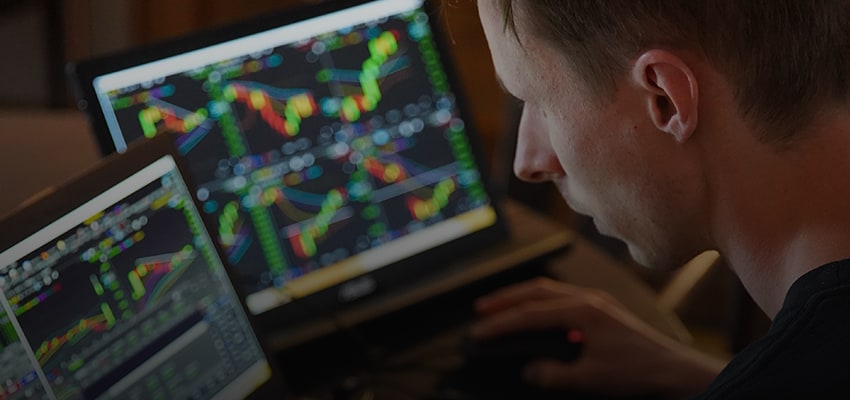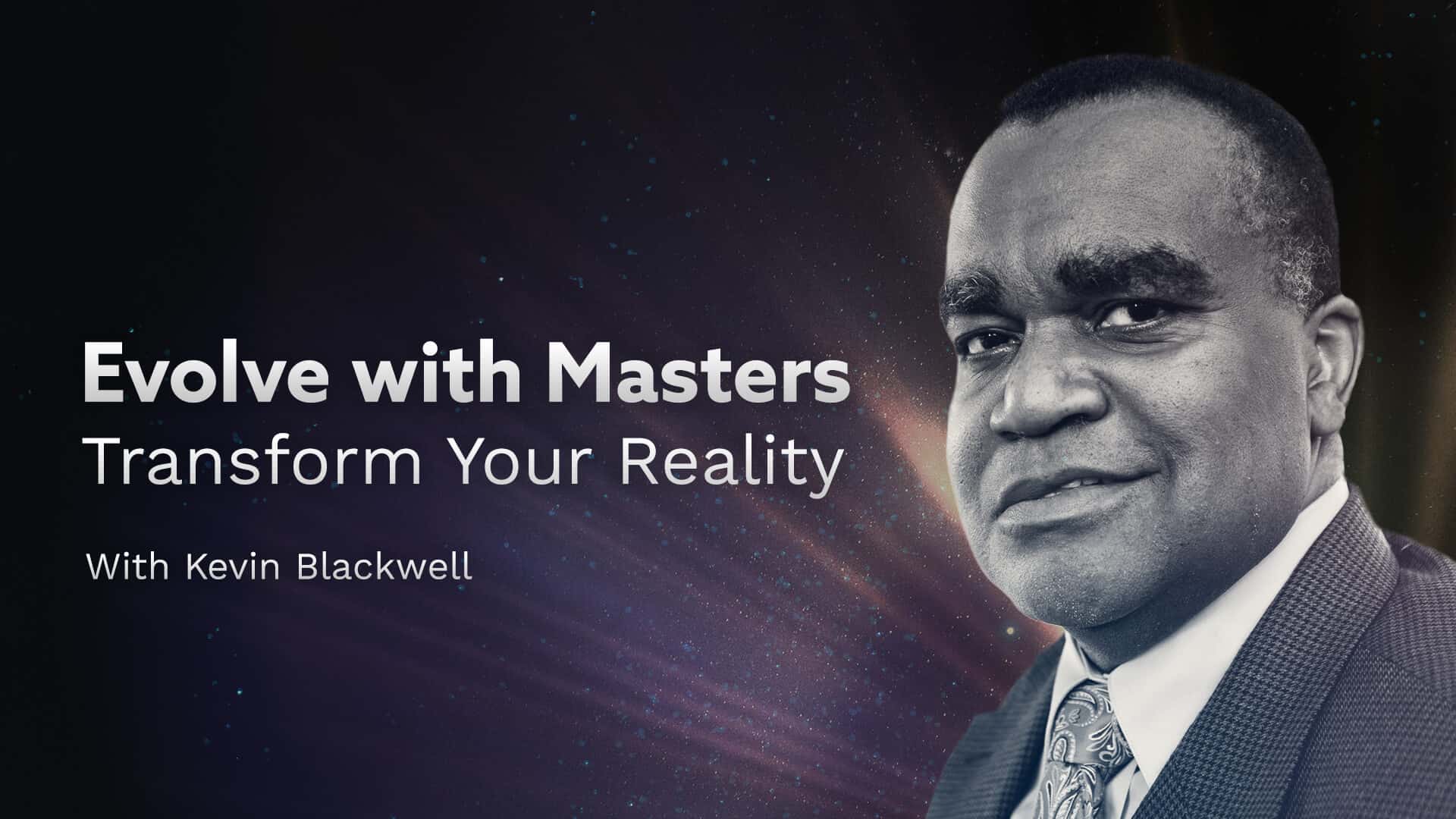
This is Part 3 of an audio podcast on a guide to forex trading, where we talk about the essential tips and tricks to keep in mind to maximize your returns.
Open transcript
Are you looking to jump into Forex trading? You may feel some experience trading in investment markets may have you prepared for the world of Currency Markets.
Keep that confidence! You’ll need it. But make sure to come along in this series of essential tips to prepare you for the adventure ahead in the Foreign Exchange Markets.
Welcome back to the Mindwealth MWAV Podcast. I am Rohit and we’re going to continue our series on Forex trading today.
In the last podcast, we talked about understanding the market and sentiment analysis. Just because you have an opinion doesn’t mean that the market will reciprocate that. You have to be aware of the expectations and perceptions of the market, as well as where the market currently stands.
As we head into our last podcast, we’re going to discuss the technical analysis techniques you can use to understand the market even better. In addition, we’ll talk about your endgame – your stop-loss or take-profit.
TECHNICAL ANALYSISused to be laughed at by the majority of market professionals 30 years ago but now it’s been added to the arsenal of trading tools deployed by a few of the world’s biggest hedge funds.
The study of technical analysis is useful both as a study of historical trends which may repeat themselves and as a helpful aggregated measure of human activity in the market.
It may be used to assess changes in trends, tests and break-outs of “resistance” and “support” levels.
Whether you use it or not, I recommend reading up on it. There are classic books like ‘Technical Analysis of the Financial Markets’ by John J Murphy which is a great source for the how and why behind technical analysis.
At its core, technical analysis is common-sense. Even if you rely on professional guidance and reports, you may decide that it is useful to understand the math, science and art of technical analysis.
This is a vast subject – People have spent lifetimes on certain types of technical analysis such as Elliott Wave theory or CandleSticks. Entire careers have been made on technical predictions made by “chartists”. So which technical indicators do you need to keep an eye on and what are a few of the key points you need to be aware of?
- The Trend. Be clear whether you are in an uptrend (higher highs and higher lows) or a downtrend (lower highs and lower lows) or indeed just in range-bound markets. Depending on your trading time horizon, evaluate whether the trend you are focussed on is a primary or secondary trend? Essentially if you are a longer- term or strategic investor in equities, your interest is with the longer-term trend and you can sit out a 3-month or even a 1-year downtrend within the bigger or longer-term trend
- Understand trendlines i e the lines connecting the highs or the lows of a trend.
- Observe the price action within “channels”. A channel is two trendlines parallel to each other and containing the market price action in such a manner that at least 3 of the highs touch (or nearly touch) the upper trendline and 3 of the lows touch the lower trendline. There are channels that persist for months and in the case of US long term treasury yields, there is a channel which has “held” and not been meaningfully broken out of for over 20 years.
- Be cognizant of moving averages. A moving average means that at any point of time, you calculate or observe the average price of the past 7 periods or the past 14 periods (7 and 14 are typical periods used in this calculation). When the market price rises above a moving average line, that is interpreted by many technical analysts as a bullish trigger. Indicators like MACD are derived from Moving averages.>
- Pay attention to the volume of trading in the underlying stock or index futures per day
- Understand the various ways to interpret RSI – relative strength index and Stochastic oscillators
- Pay attention to Fibonacci retracement and extension levels. These have a curious way of working
If some of the above confuse you, fret not. Most people not acquainted with technical analysis would find this challenging at first. You will find plenty of free resources online discussing technical analysis. If you want my opinion on any particular resource, feel free to reach out to me at rohit@mindwealth.co
So we come to the final essential tip that I have for you. Your end game… the stop-loss and take-profit.
Always have a stop-loss in mind when you trade – and more importantly, try and stick to it! This can be the easiest advice to give, but the hardest to follow.
Selecting your stop-loss level is a separate discussion and a subject of debate. Should you have a strict stop-loss or a dynamic one varying with market conditions?
Whatever decision you make, choose a stop loss that won’t affect your lifestyle, one that lets you be wrong and lets you trade again.
Then of course, we have the famous saying “let your profits run and cut your losses…” Stop-loss levels may be set using price history – both the very recent and longer-term price history and will also depend on your trading timeframe.
Your Take-profit levels may be based on multiple factors including technical and sentiment analysis, what you are satisfied with and prevailing market conditions.
Factors like “tax season” may also play a role in determining whether you should exit a profit or a loss-making position. The tax year ends on December 31 in countries such as the USA, Canada, Singapore or March 31 in New Zealand, India or April 05 in the UK.
You may find your prior trading history influencing your choices of stop-loss and take-profit levels as well. Which is why if you don’t lose too much on any single position, you are more likely to have the confidence to not exit a profitable trade too soon.
Last but not the least, remember it is always easier said than done… talking about trading/taking risk is one thing, and actually doing it is quite another. 🙂
Follow your gut, assuming you promise to bring your relaxed sober self to the table! And it will more often than not guide you in the right direction…
We’ve gone through a lot in this mini-series about Forex trading. Hopefully by this point you have a jumping off point that you can use to get started with your adventure!
Remember to maintain your motivational reasoning why you’re doing this, to stay smart, know your research, data, trends, and perceptions. Most of all, follow the rules that you set out for yourself.
This is the last episode on our series on Forex trading. But not to worry, there is a lot more content that we have and that is to come, so stay tuned for finance, career and mindfulness inspiration with Mindwealth.
MindWealth offers transformational coaching to a global audience helping you make it in your career, grow your wealth and achieve mindfulness mastery.
Follow us on Facebook and Instagram at mindwealthco. Connect with us at mindwealth.co. Elevate your story with MindWealth.
This is Rohit, and I’ll see you in the next one.









